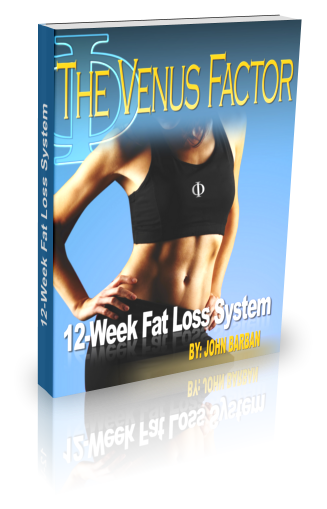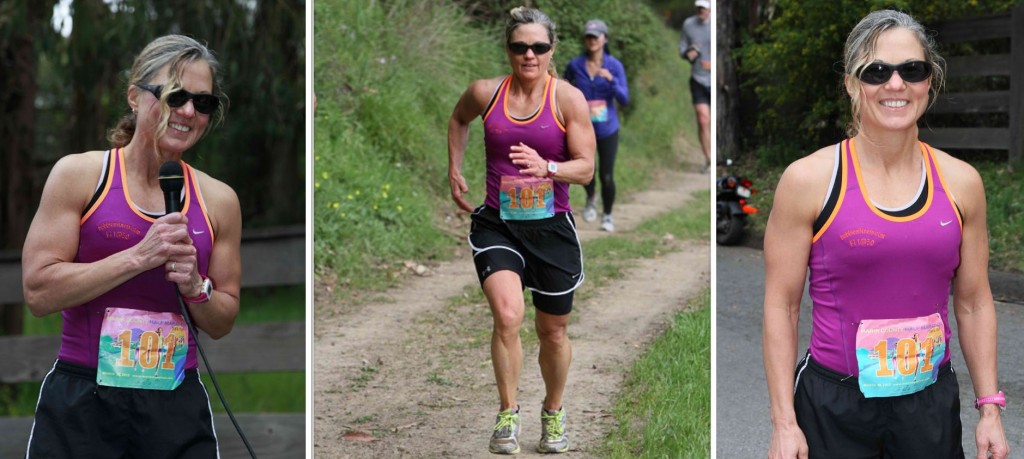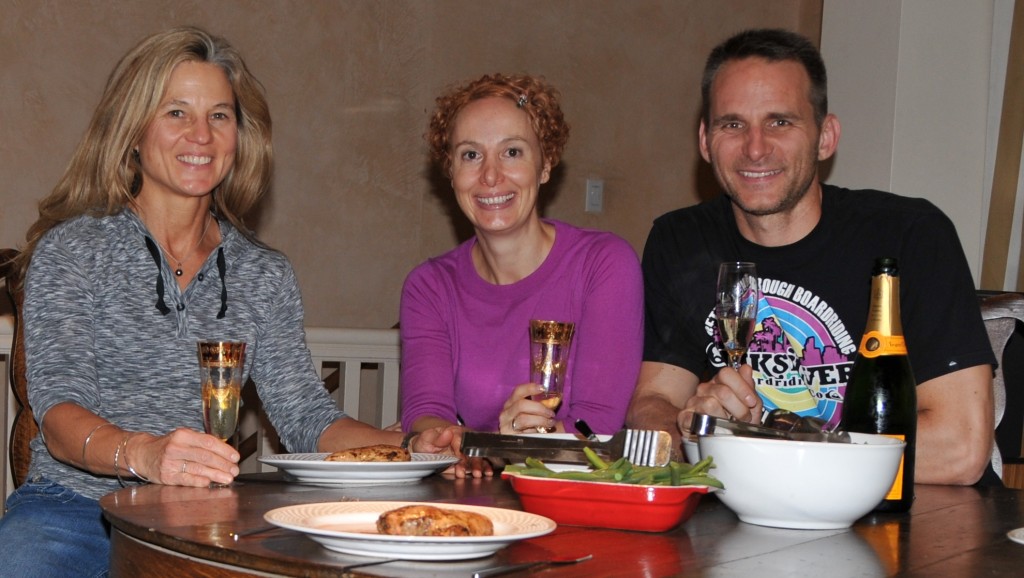
You are not alone in this. Find a friend or someone you can trust and get it out in the open so you can face it.
What can you do about closet eating?
Overeating usually happen in two major situations:
1) When you are influenced socially.
2) When you are alone.
Today we will focus when you are alone. You are facing yourself. This is a moment with an opportunity to learn or face why you might overeat. What can you do about this?
This is a vulnerable time. It’s a common theme to hide and eat. People do this because they don’t want to be seen or face the shame of being overweight. It increases a vicious circle. Shame is usually driving the emotion. It is a very painful place. You can be stuck in this unhappy and shameful place.
The goal would be to eat in a similar way whether you are eating alone or in a social setting.
What is the first step in getting away from shame in secretive eating?
Admit it. Get out of denial about it.
Then you can face it.
You are not alone in this. Find a friend or someone you can trust. Write a journal.
Nicola and John talk about what to do about closet eating.
Listen to John’s interview with Dr. Nicola Bird here, and please “like” it when you’re done:
Podcast: Play in new window | Download

















New Comments